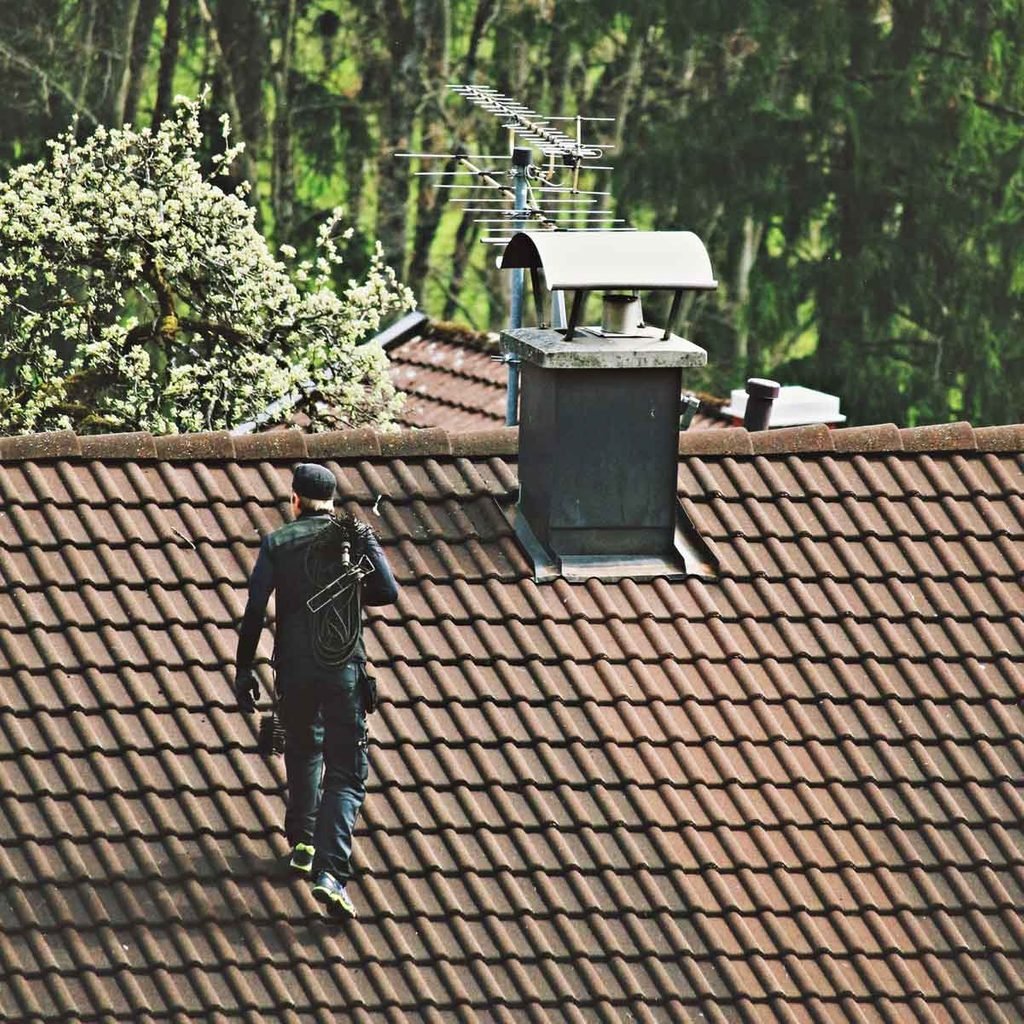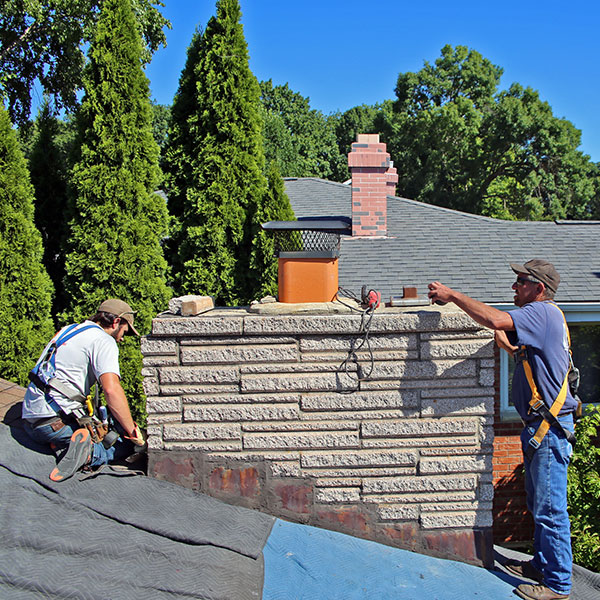Grasping the Art of Chimney Sweep San Jose: Best Practices Introduced
Grasping the Art of Chimney Sweep San Jose: Best Practices Introduced
Blog Article
The Ultimate Smokeshaft Cleaning Checklist for Homeowners
A well-maintained smokeshaft not only enhances the general performance of your home heating system however likewise mitigates the risk of prospective dangers such as fires and carbon monoxide leakages. Chimney Sweep San Jose. From evaluating the chimney structure to removing creosote accumulation, each step plays an essential role in protecting your home and liked ones.
Chimney Inspection and Evaluation
The interior of the chimney need to be checked for any type of obstructions, such as bird nests or excess residue, which can pose a fire danger. Inspecting the flue for creosote buildup is essential as this highly combustible material can trigger a chimney and spark fire.

Outside Maintenance and Repair Works
Evaluating the exterior of the smokeshaft for any type of architectural concerns, such as fractures, loosened blocks, or signs of water damages, is important in making sure the general security and long life of the chimney. With time, exposure to differing weather can cause deterioration on the smokeshaft's exterior, possibly leading to even more considerable problems if not attended to quickly. Consistently examining for any kind of fractures in the mortar or blocks can aid protect against water from leaking in and creating damages to the smokeshaft structure. Loose bricks ought to be repositioned and protected to keep the honesty of the smokeshaft. In addition, any type of signs of water damage, such as discoloration or mold growth, must be explored and fixed to stop further degeneration. Resolving these exterior upkeep concerns in a timely way can prolong the life of your chimney and avoid pricey repairs down the line. Proactive repair work and normal evaluations are crucial to maintaining your chimney in optimum problem.
Cleaning the Smokeshaft Flue and Damper
To ensure correct operating and security of your chimney, routine cleaning of the chimney flue and damper is essential. The chimney flue is the flow that allows smoke and gases to exit your home, while the damper is a movable plate that regulates air movement. Begin by examining the flue for any type of blockages such as bird nests, debris, or creosote buildup. Utilize a flashlight to look for any type of indications of damage or clogs. Next off, meticulously remove any type of particles using a chimney brush or vacuum cleaner designed for this function. Guarantee that the damper opens up and closes smoothly, as an effectively functioning damper helps manage air flow and protects against drafts when the chimney is not being used. In addition, think about mounting a smokeshaft cap to avoid particles and animals from entering the flue. Regular upkeep of the chimney flue and damper not just enhances the efficiency of your smokeshaft however additionally minimizes the threat their website of smokeshaft fires and carbon monoxide build-up in your home.
Eliminating Creosote Build-up Securely
Exactly how can house owners securely remove creosote build-up from their chimney to keep its optimal performance and safety? Creosote, a by-product of melting timber, can accumulate in chimneys over time, posturing a fire risk if not correctly managed.
There are various approaches to eliminate creosote, depending upon the accumulation's intensity. For light creosote accumulation, utilizing a chimney brush or a homemade creosote eliminator constructed from equivalent parts water and vinegar can be effective (Chimney Sweep San Jose). For thicker deposits, expert smokeshaft cleaning company may be needed
It's essential to use safety gear such as handwear covers, goggles, and a mask when handling creosote to stop skin irritation or inhalation. Additionally, correct ventilation while cleansing the chimney is vital to avoid breathing in harmful fumes. Routine smokeshaft assessments and cleanings can aid avoid creosote buildup, guaranteeing the safety and performance of your chimney.
Fire Safety Precautions for Smokeshaft Owners
Regular smokeshaft inspections by certified professionals are critical to determine any clogs, creosote buildup, or structural concerns that might position a fire threat. Mounting a smokeshaft cap can stop particles, animals, and rainwater from going into the smokeshaft and creating obstructions or damages. Furthermore, more information smokeshaft proprietors need to have a trigger arrestor or chimney stimulate arrester installed to avoid triggers from getting away and possibly stiring up nearby combustibles.

Verdict
By following the best smokeshaft cleaning list described in this post, homeowners can examine, tidy, and repair their smokeshaft efficiently. Appropriate upkeep not only decreases the danger of smokeshaft fires however also lengthens the life expectancy of the chimney system.
Checking the smokeshaft cap and crown for any damages is vital to avoid water from permeating right into the chimney and triggering more degeneration.
Normal upkeep of the chimney flue and damper not just improves the effectiveness of your chimney however also reduces the risk of smokeshaft fires and carbon monoxide accumulation in your home.
Regular smokeshaft examinations and cleansings can aid protect against creosote buildup, ensuring the safety and security and performance of your smokeshaft. (Chimney Sweep San Jose)
Setting up a chimney cap can avoid particles, pets, and rain from going into the chimney and triggering obstructions or article damages. Appropriate upkeep not only minimizes the risk of chimney fires but likewise lengthens the life expectancy of the smokeshaft system.
Report this page